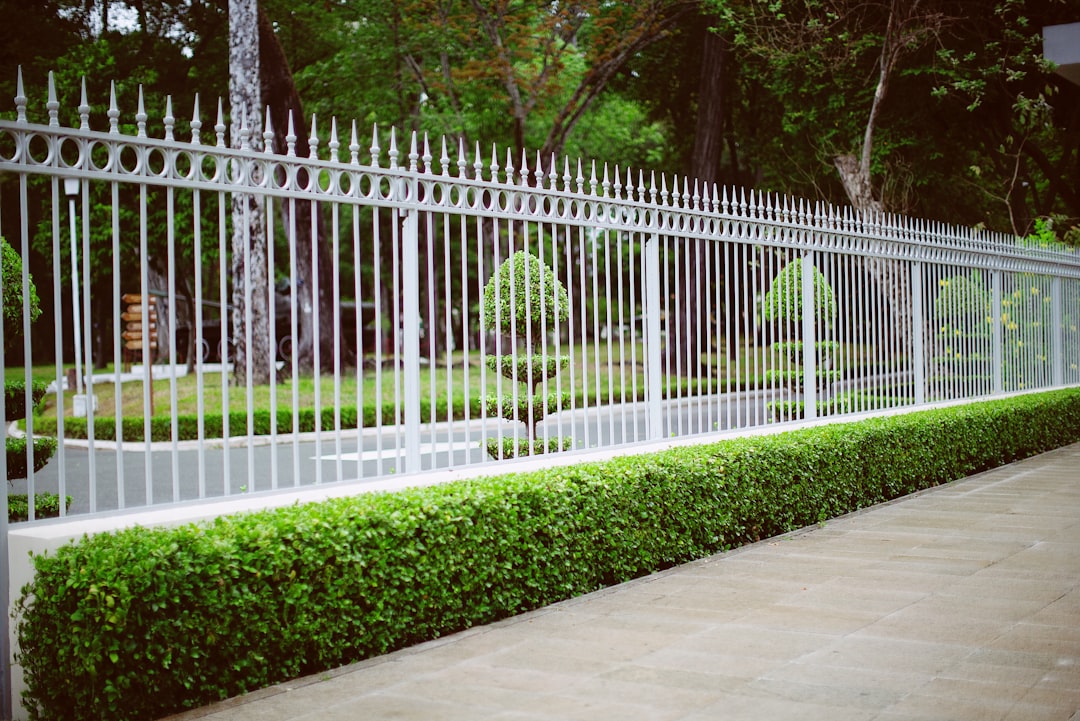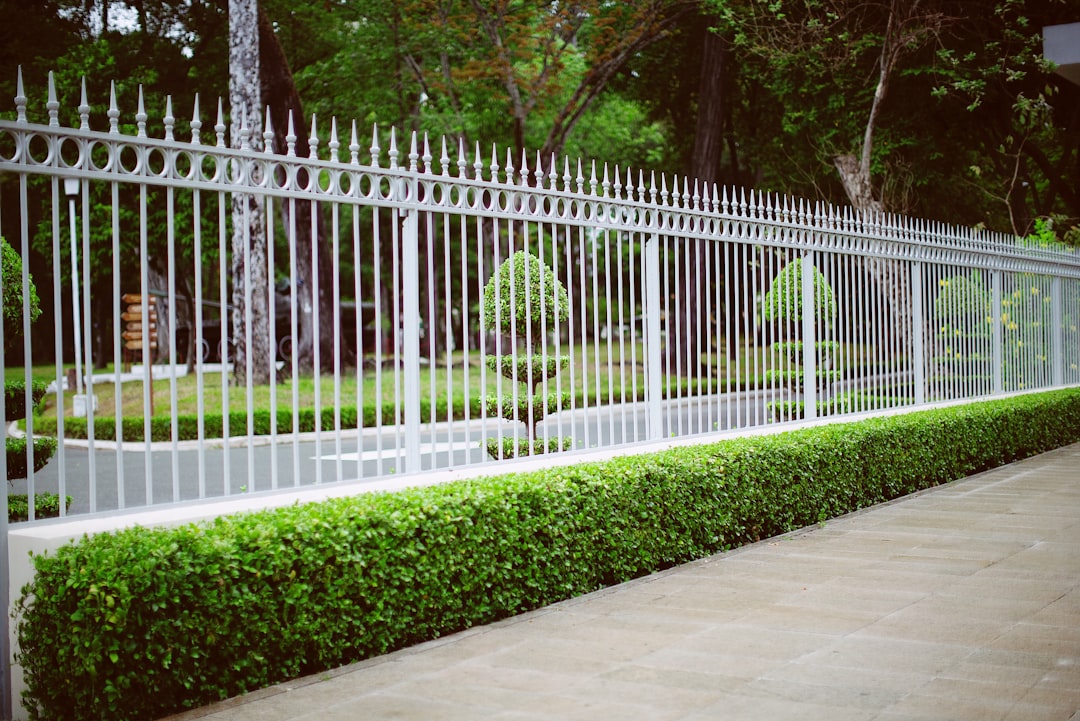Choosing the right anchor type is vital for fence stability and longevity, with concrete anchors providing robust security in dense soils and stainless steel staples offering flexibility for lightweight fences. A Fence Company considers local conditions, soil composition, and climate to recommend suitable anchors, ensuring installations withstand environmental factors. Proper anchoring involves deep holes, angled posts, and reinforcement with concrete or mechanical anchors, enhancing structural integrity and aesthetic appeal. Regular maintenance checks by a trusted Fence Company are crucial for long-term stability, identifying issues early and preventing costly repairs.
Ensure your fence stays sturdy and secure with proper anchoring—a crucial aspect often overlooked. This comprehensive guide explores different anchor types, offering insights into enhancing fence stability. From best installation practices to regular maintenance tips, we equip homeowners and fence companies alike with the knowledge to extend the lifespan of their outdoor barriers. Discover how simple checks can prevent costly replacements, keeping your space safe and aesthetically pleasing.
- Understanding Anchor Types for Fence Stability
- Best Practices for Effective Fencing Installation
- Regular Maintenance Checks: Key to Long-Lasting Fences
Understanding Anchor Types for Fence Stability

When it comes to ensuring fence stability, understanding the types of anchors used is paramount. Different anchor styles serve unique purposes and offer varying levels of security for your fence posts. For instance, concrete anchors are a popular choice due to their strength and durability, especially in areas with dense soil. These anchors are installed by drilling into the ground and setting the anchor in place, creating a solid foundation for wooden or metal fence posts. On the other hand, stainless steel staples or tines provide a more flexible solution, ideal for lightweight fences or temporary setups.
A reputable Fence Company often recommends anchors based on local conditions and specific fence materials. They understand that soil composition and climate play significant roles in anchor selection. For instance, areas prone to extreme weather changes may require more robust anchors to withstand frost heaving or strong winds. By choosing the right anchor type, fence installations can be secure, durable, and capable of withstanding various environmental factors, ensuring a long-lasting barrier that maintains its structural integrity over time.
Best Practices for Effective Fencing Installation

When it comes to fencing installation, a job well done starts with proper anchoring for stability. One of the best practices recommended by leading Fence Companies is to ensure deep and secure placement of fence posts. This involves digging holes that are deep enough to accommodate most soil conditions, including frost heave in colder climates. The posts should be set at an angle slightly below the surface, allowing them to bear the weight of the fence and resist shifting over time.
Using appropriate anchoring techniques, such as concrete or mechanical anchors, further reinforces the stability of the fence. Fence Companies also emphasize the importance of aligning posts accurately and spacing them evenly. Proper post placement not only ensures the fence stands strong against winds and other environmental factors but also guarantees a sleek, uniform appearance that enhances the overall curb appeal of your property.
Regular Maintenance Checks: Key to Long-Lasting Fences

Regular maintenance checks are an essential aspect of ensuring your fence posts remain securely anchored, promoting long-lasting stability. As a trusted fence company, we emphasize the importance of consistent inspections to prevent potential issues that may compromise the structural integrity of your fencing system. By conducting routine checks, you can identify and address problems early on, such as loose connections, rot in wooden posts, or shifting soil conditions that might affect anchorage.
These checks should include visual examinations for signs of damage, corrosion, or wear and tear, especially at ground level where the most stress is often concentrated. Additionally, testing the stability of posts by gently wiggling them can help uncover any loose anchors or faulty installations. Proactive maintenance not only saves costs in the long run but also ensures your fence remains a reliable boundary for years to come, providing both aesthetic appeal and functional security.
When it comes to ensuring fence stability, proper anchoring is paramount. By understanding different anchor types and implementing best practices during installation, homeowners and fence companies can achieve lasting results. Regular maintenance checks are also essential to catch any issues early on. With these steps in place, your fence will not only stand the test of time but also provide a secure and beautiful boundary for years to come, making it a valuable investment for any property.
